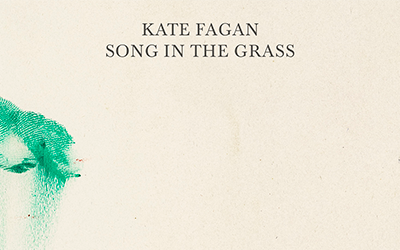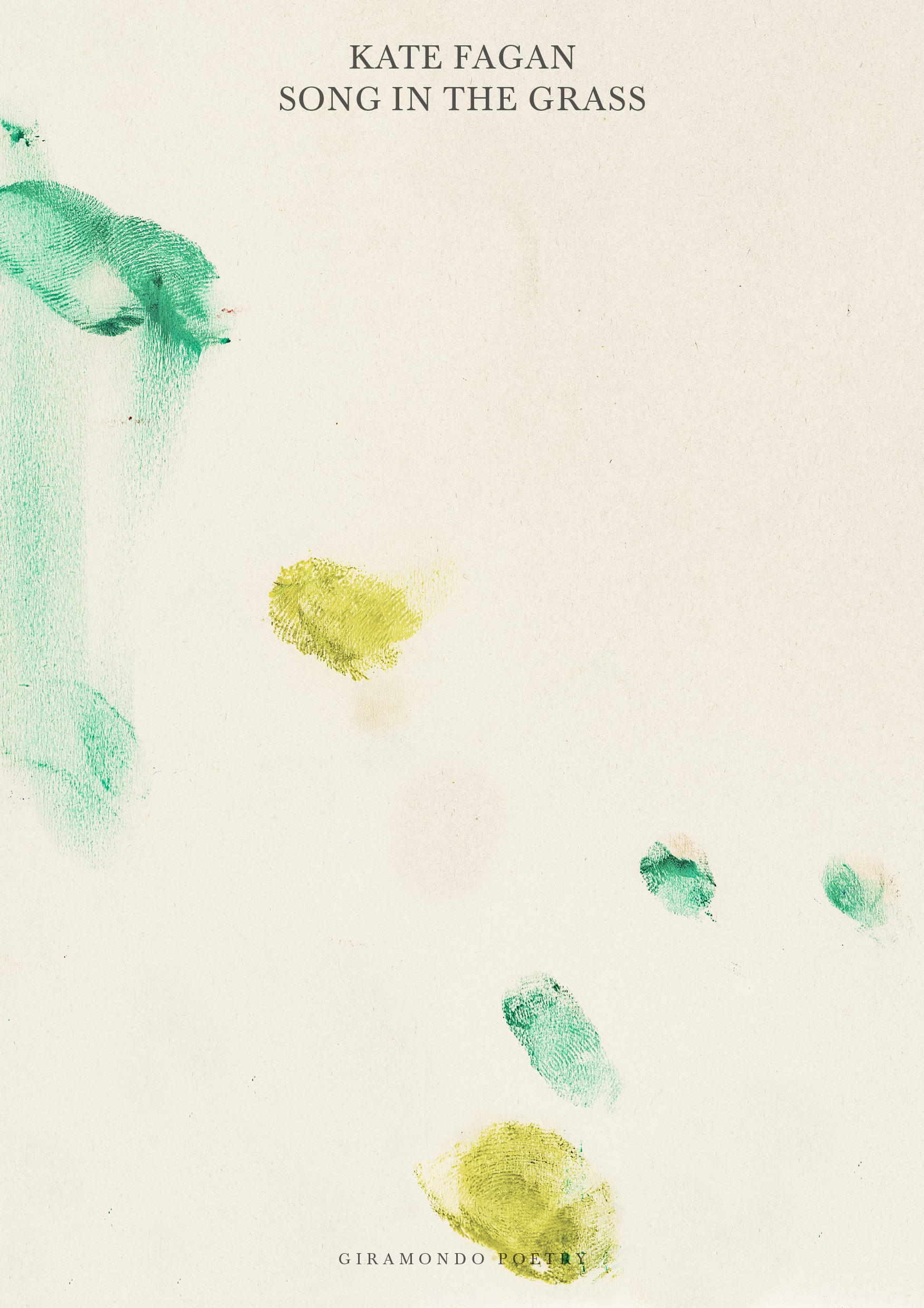
- Free Article: No
- Contents Category: Poetry
- Review Article: Yes
- Article Title: ‘Leaves falling like language’
- Article Subtitle: A lyrical index of the natural world
- Online Only: No
- Custom Highlight Text:
Australian poetry has always had a particular affinity for birds. This can be either infuriating or indispensable, depending on whom you consult. We might blame Judith Wright for this affinity – or the British pastoral tradition. We might blame the big prizes associated with ecopoems. Or we could just admit that birds are actually really cool and totally worthy of our poetic attention. Kate Fagan intuits all this with Song in the Grass, and she both leans into it and subverts it in equal turns.
- Featured Image (400px * 250px):

- Alt Tag (Featured Image): J. Taylor Bell reviews ‘Song in the Grass’ by Kate Fagan
- Book 1 Title: Song in the Grass
- Book 1 Biblio: Giramondo, $27 pb, 101 pp
- Book 1 Cover Small (400 x 600):

- Book 1 Cover (800 x 1200):

What follows, after all these bird names, is a ‘lyrical index’ of sorts. Many of these poems are lists that, Fagan notes ‘never pretend that everything can be known or accomplished’. They don’t just list birds, though: they also enumerate the historical functions of a house, things to write about, types of hearts, and reasons to sing praise. ‘Botany attracts me,’ she writes, ‘I think it’s because of my compulsion to make lists.’ It’s fascinating to see how their function evolves throughout the book.
Fagan has always been a language poet at heart. Song in the Grass is still language poetry in the tradition of her first two collections, but now there is more ecology. Each poem does something a little different with these natural images. They slowly begin to subvert themselves throughout the collection. ‘Helena’s letters / bristle with caterpillars, strange lists / of love. My own archive sprouts – Asplenium, Lomaria’. The lists become litany; lullabies of Latin taxonomies; chronologies of genera and species.
Sometimes these indexes trend towards the literal; other times they are quite lyrical. White-naped honeyeaters sing ‘a soft quarrel / in the common air’. Butcherbirds are entreated to ‘carol the swifts skyward’. A rosella ‘slices through dusk’, and a swallow ‘dives until it skims above its own shadow’. What Fagan regularly does with great aplomb is maintain a type of poetic adherence to Object Oriented Ontology and Ecopoetics, describing birds poetically but never personifying or anthropomorphising them. There is a recognition that humanity must find newer, better ways to write about and interact with the natural world. This imperative is both emphatically and empathically navigated.
At other points, all these lists take on a role that seems more akin to a kind of … radical archivalism. In ‘Immigrants’, Fagan imagines a future-Australia that her grandfather didn’t live to see; one where he could ‘float like spume on Jervis Bay / and under Casuarinas at Sanctuary / Point’. The list acts as a memorial in ‘Elegy for a Felled Eucalypt’ as the poet tenders farewells for all the different birds that will no longer visit it. This almost feels like elegy as protest, an activist poetics that occupies poem-trees à la Julia Butterfly Hill. What’s radical is that the spaces created by absence are filled not with the fatalistic or the maudlin, but with intimations of possibility.
There are elegies not just for trees and grandfathers, however. There are also multiple epigraphs dedicated to the late naturalist and writer Dermot Healy, as well as myriad other environmentalist writers, such as Helen Macdonald and Peter Minter. In fact, of the forty-six poems/sequences that comprise this book, exactly half contain epigraphs and dedications. At times, Song in the Grass reads like an index of people and of things. I am not sure it is possible to grasp all of the references contained in this book, but I don’t think that was ever the point of language poetry.
‘Some people visit the places loved by those they admire / to walk where they did,’ writes Fagan. It is undeniable that this book’s blend of language, cento, and index poetry lends itself to that idea of embodiment. With twenty-three dedications (many to other Australian poets), Fagan seems to consciously position herself within the poetic tradition. She visits and revisits the pages of her inspirations and influences, and works outwards from them. Frank O’Hara said a poem is like ‘a conversation between two people’, and in a way that is exactly what’s facilitated here, although these conversations often feel deeply personal and deeply private.
Ultimately, Song in the Grass is the culmination of many different strands of contemporary poetry. There is a clear debt to the aesthetics and language poetry of Australia’s past two decades, but it sometimes balks at those flourishes of indiscernibility that characterise language poems: ‘I wrote the wading birds are dying / I wrote the frost is disappearing / I wrote the poles are askew.’ This is experiment and lucidity in equal turns – ecopoetry with the hauntological reverberations of language. It’s echopoetry. And why not? What is the point of a song if, soon enough, there will be no grass left on which to sing it?


Comments powered by CComment